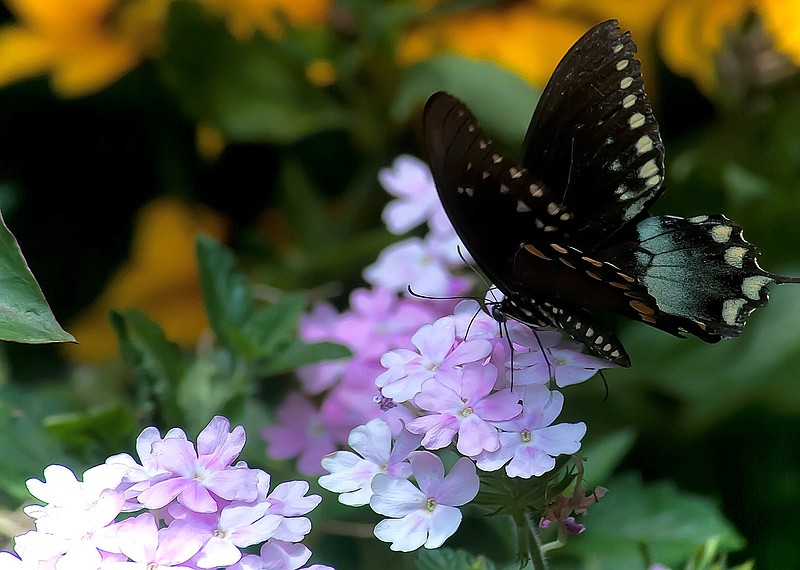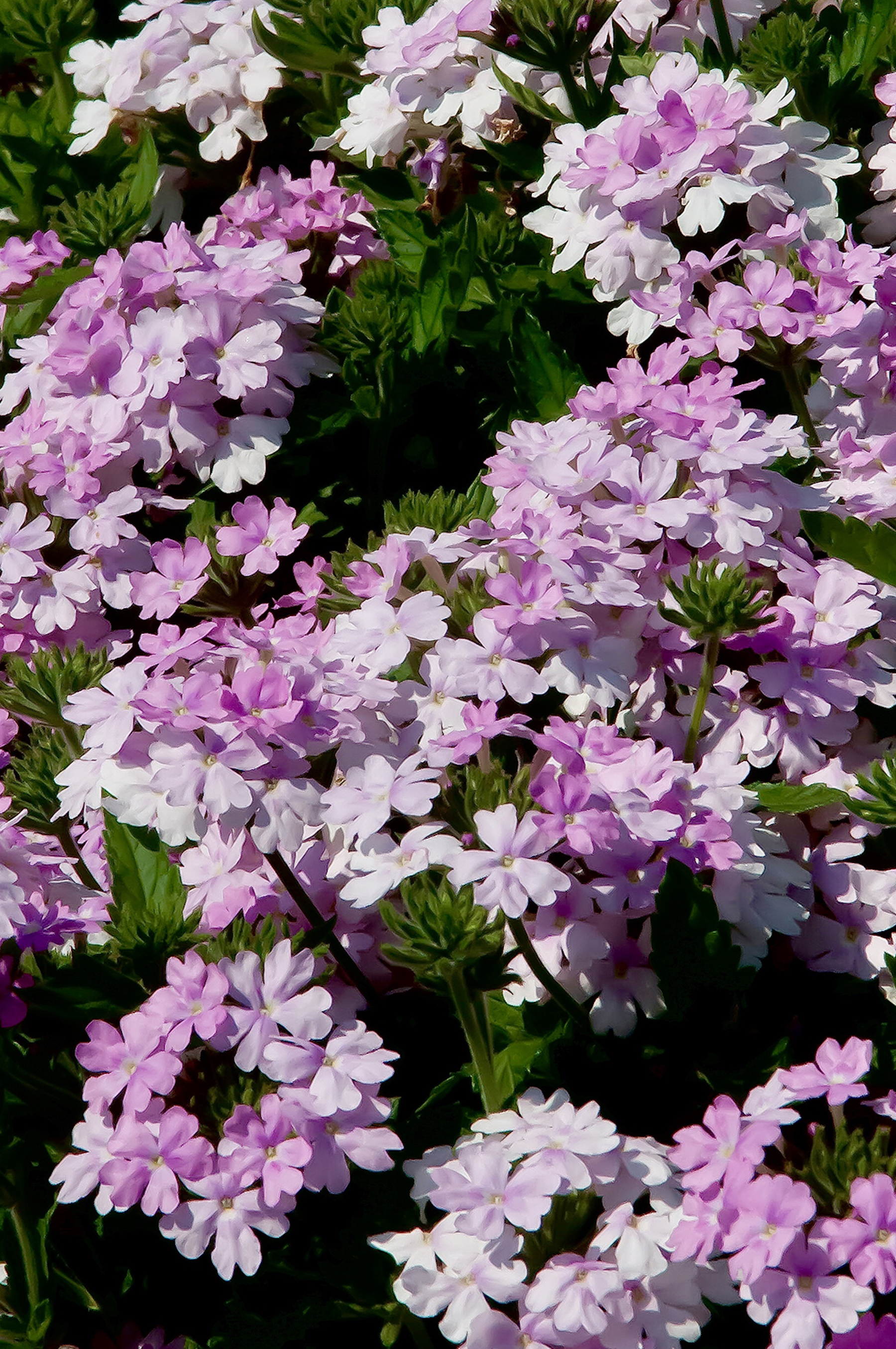There's nothing quite like Pink Cashmere to put the happy face on a summer that has turned oppressive from heat and humidity.
No, this is not part of The Garden Guy's watering wardrobe, but a new Superbena verbena making its debut in 2024.
The past three years, Superbena verbenas have steadily climbed the lists of the most popular butterfly plants at The Garden Guy's house. Varieties like Cobalt, Stormburst, Whiteout and Royal Chambray can hold their own with a lantana any day of the week when it comes to bringing in pollinators.
Immediately Pink Cashmere showed it had the same habit and toughness we've come to expect with Superbena verbenas. Mine were planted in April and are performing like an award-winner as we enter August.
Pink Cashmere is kind of an apple blossom color to me, with shades of dark and light pink and some white florets. The blooms are large, the foliage vigorous and disease-free. Best of all, the blooms are always being shown affection from hummingbirds, bees and butterflies like eastern tiger and spicebush swallowtails.
The plants will reach about 12 inches tall and have the potential of a 30-inch spread. This means you can use them thriving as a floral carpet-like groundcover, tumbling over walls or the rim of containers, or plummeting from baskets.
When you get yours next spring, choose a location with plenty of sunlight. The soil should be fertile, organic-rich and freely drained. This is why they are so easy to grow in containers, since you use potting soil. Prepared landscape mixes and planting on raised beds help duplicate this environment in the landscape.
Space your plants 10 to 14 inches apart if you are going to plant an informal drift or sweep in the landscape. Use an application of controlled release granules at planting again in midsummer.
Those I received for trial purposes were used in window boxes and containers. Controlled release granules were used at planting and then a switch to water-soluble feeding since watering is a daily regimen.
One growing technique that has proved itself time and again when I was with Mississippi State University and in my own garden is cutting back proactively. In the hot, humid South, we all go through those times when verbenas look tired, open and generally unproductive.
This is a great time to cut back by a third and feed with a water-soluble fertilizer. Generating new growth means more of those incredible blossoms. In containers, The Garden Guy likes to feed with a dilute water-soluble mix about every two weeks. The response is almost magical.
Superbena Pink Cashmere offers so many plant partnership possibilities. In my containers I partnered it with the new yellow Supertunia Saffron Finch petunia, also making its debut in 2024. There is something special about the soft yellow and pink together.
In the window box we used Superbena Pink Cashmere verbena with Unplugged So Blue salvia, Supertunia Saffron Finch petunia, Supertunia Mini Vista Sweet Sangria and Supertunia Mini Vista Indigo petunias, which turned out nothing short of stunning.
The Garden Guy has always been a flaming orange kind of guy, but Superbena Pink Cashmere has convinced me I need some pink in my garden, too! I imagine it will be a competitive spring at the garden center, so get ready to elbow your way to the table where Superbena Pink Cashmere will be on display.
Norman Winter is a horticulturist, garden speaker and author of "Tough-as-Nails Flowers for the South" and "Captivating Combinations: Color and Style in the Garden."


